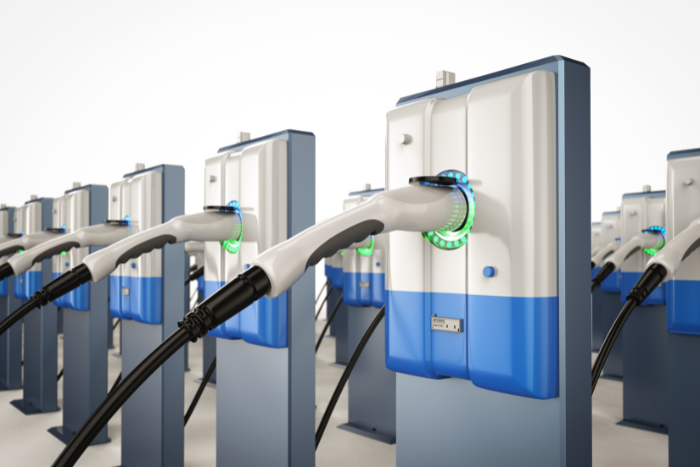According to a new report by the International Energy Agency (IEA), sales of electric vehicles will “grow strongly” this year and could see battery and hybrid models account for one in five cars sold worldwide. In the upcoming years, the “share of EVs on the roads is expected to climb rapidly” despite “challenges in certain markets,” according to the IEA’s annual outlook report. It was predicted that by 2035, sales of battery-electric and plug-in hybrid vehicles would make up as much as two-thirds of all automobile sales worldwide, having increased by more than 20% to reach 17 million this year from just under 14 million in 2023. According to the analysis, by 2030, nearly one in three automobiles on Chinese roads and nearly one in five in the US and EU are expected to be electric, based just on current policy settings. The automotive and energy sectors will be significantly impacted by this change. The study is in sharp contrast to statements made by automakers, who express concern that mainstream consumers are becoming less interested in battery-powered vehicles due to their increased cost and lack of charging stations.
Scientists build new tech to enhance lithium battery life and charging
Scientists from the Harish-Chandra Research Institute (HRI) in Prayagraj, India, along with a group of scientists from Texas, USA, have jointly developed a novel technology that can extend the life of lithium batteries. The de-insertion and insertion of lithium into the battery electrodes is what primarily controls the charge and discharge process in batteries. Currently, the researchers are introducing some foreign elements—in this case, potassium and sodium—to alter the breadth of the insertion or diffusion channel of lithium in electrodes. The rate at which batteries charge and discharge is thus controlled by changes in the diffusion channel width; in this instance, however, a significant reduction in charging time is achieved by a quicker de-insertion process. Furthermore, the researchers claim that the electrode maintains its intrinsic structural integrity throughout the quick charging process, which ultimately extends the battery’s lifespan in comparison to current batteries.
Scientist from Zimbabwe turning CO2 into methanol to combat emissions
A scientist in Zimbabwe, Gift Mehlana, is producing methanol and other energy materials using carbon dioxide from industrial activities, Down to Earth reported. His work has concentrated on creating novel materials that can absorb and transform carbon dioxide from different emission sources to create energy producing substances like methanol and formic acid. He added that formate is presenting as a superb hydrogen transporter in fuel cells, making it a highly exploitable chemical on the front of hydrogen energy storage. Formic acid is thought to be a practical way to store hydrogen. The expert clarified that formate has an energy content that is at least five times more than lithium-ion batteries that are sold in stores. According to him, formate can also be utilised in a variety of chemical industries, including the food, pharmaceutical, and chemical manufacturing sectors. In addition to being easily incorporated into the fuel delivery network already in place throughout the African continent, methanol may be mixed with petrol to enhance air quality and utilised to create alternative clean-burning fuels.

